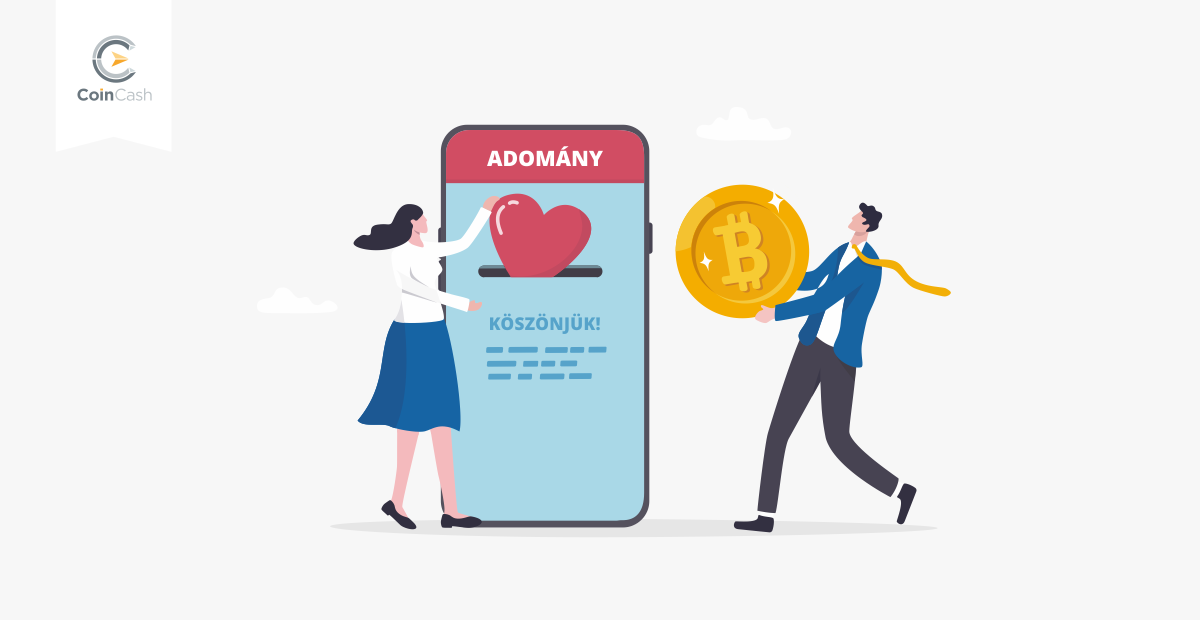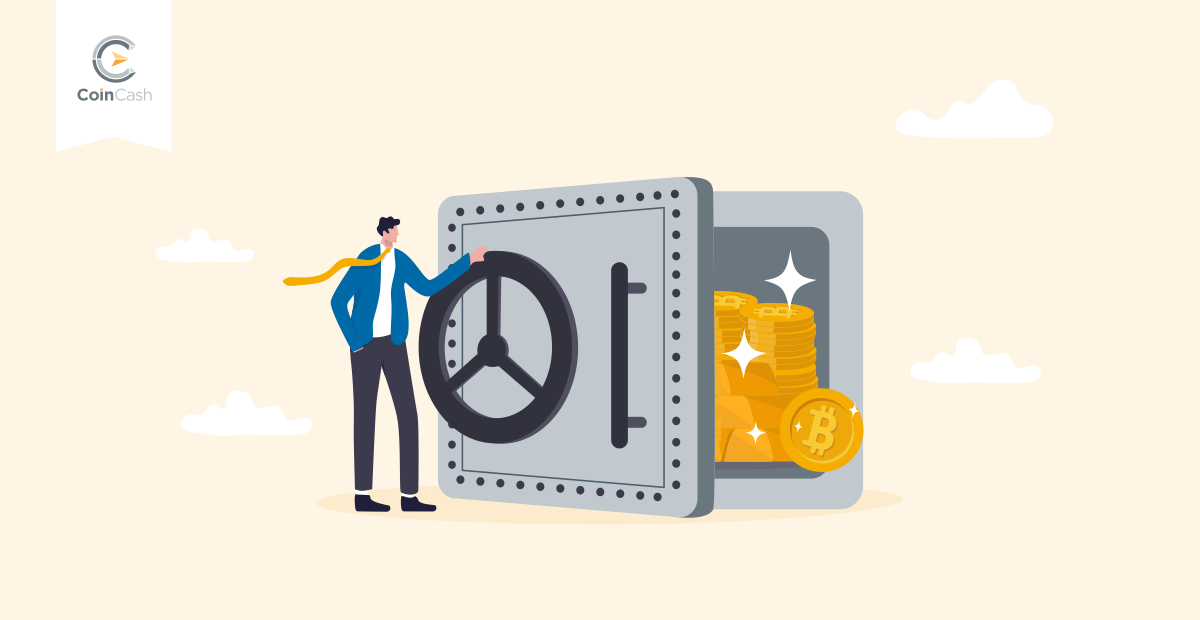- What is Bitcoin?
- Who invented Bitcoin?
- What’s the difference between Bitcoin and traditional currencies?
- How to get into Bitcoin mining?
- Mining vs. investment
- Mining Bitcoin with your own hardware – is it worth it?
- Bitcoin mining at the moment
- The 3 most important thing for a Bitcoin miner machine to work
You have encountered Bitcoin but you didn’t know how to get started with it? You wanted to mine Bitcoin, but you heard that it’s not worth it anymore? Do you know something about how to build a mining machine? Then we recommend this article to you! Keep reading to get to know the details of Bitcoin mining!
What is Bitcoin?
If this was your first question, then you are on the right path! It’s important to understand, what is it exactly what you want to mine, before you put all that time and energy into it.
To clear up the confusion we will divide the notion into two elements. First of all, there is the Bitcoin token, a code snippet, that represents the ownership of the digital concept. It’s like a virtual IOU. Second, there is a bitcoin protocol, which is a distributed network that operates the Bitcoin token balance’s ledger. Both of them are called Bitcoin.
The system enables users to send and receive payments to each other without the transaction going through a third party, in example a bank or another provider. Bitcoin isn’t printed out, like USD or EUR – it is created and stored electronically. The cryptocurrency is produced (mined) by mining machines all around the world, using a free, open-source code software.
This was the first element of an asset class that gets bigger day by day and that adopted some features of traditional currencies, but it is supervised by cryptography. This is what nowadays we call cryptocurrencies.
Who invented Bitcoin?
A software developer, with the pseudonym Satoshi Nakamoto, wrote Bitcoin’s white paper in 2008. He suggested this technique, as an electronic payment system based on mathematical proof. The idea was to create a tool that is independent of any authority, that could be transferred electronically in a secure, verifiable and immutable way.
There were many rumours about who this unknown genius might be. Some thought that Satoshi is actually an Estonian group, moreover, Craig Wright announced that he is behind the “mask”.
Truth is, no one knows until today who Satoshi Nakamoto is.
What’s the difference between Bitcoin and traditional currencies?
Bitcoin can be used for paying electronically. In this sense it’s just like traditional currency, like the dollar, euro or yen, that can be traded online.
But there are dozens of aspects, why they are so different:
- It’s decentralized: This is one of Bitcoin’s most important features. Not a single institution controls the Bitcoin network. Instead, volunteer programmer groups maintain it and it is operated by an open network of computers located at different sides of the world. The peer-to-peer system solves the problem of double-spending, which, in case of traditional currencies is done by banks. The integration of transactions with Bitcoin are secured by the distributes, public network, that is not owned by anyone.
- The supply is limited: The fiat currencies (i.e.: dollar, euro, yen, etc.) provide an unlimited amount. Central banks can print as many as they want, furthermore they can manipulate the value of their currency in comparison of other countries. This effects the owners of the currency (and most other residents who have few alternatives) negatively. On the contrary, in Bitcoin’s case, the algorithm that provides its base strictly regulates supply, that can be 21 million, max. This makes Bitcoin as an instrument more desirable – in theory, if demand increases and supply stays the same, the value will increase.
- Pseudo-anonymity: Because there is no central confirmation, users don’t have to identify themselves when they send Bitcoin to another user. When they file an application for a transaction, the protocol checks up on all the previous transactions to see if the sender has enough Bitcoins and the permission to send the amount. The system doesn’t have to know the real identity but they are identified by their wallet address. With a little effort, this is how you can trace transactions. Also, law enforcement has developed methods to identify users if necessary, thus Bitcoin will not become the currency of criminals, terrorists or money laundering.
- Irreversible: Bitcoin transactions – unlike fiat transactions – cannot be reversed.
- Divisibility: Bitcoin’s smallest amount is called satoshi. This is the ten-millionth part of Bitcoin (0,00000001) which equals to 0.00009581 USD today. This makes microtransactions possible, that could not be carried out with traditional electronic money.
How to get into Bitcoin mining?
Now, that we know exactly what we want to mine, let’s have a look at Bitcoin mining’s most important questions.
If you want to get started with mining, first you should be asking yourself this:
Do you want to mine through a company or with the help of your own software?
Let’s have a look at both alternatives, to understand which brings more profit.
Mining vs. investment
When Bitcoin was first introduced in 2009, it took a little bit more than an ordinary computer to mine the world’s first and most known cryptocurrency. Nowadays getting into this field is more complicated if someone wants to make a profit. This doesn’t mean that it’s impossible, but it’s not the same industry it used to be.
Before talking about how to actually mine for ourselves, it’s important to note, that in connection with cryptocurrencies everything is uncertain, but it’s definitely true about mining. The fluctuation of hardware prices, the difficulties in Bitcoin mining (and how fast they change and vary), plus the lack of guarantee for payment after the hard work is done means a riskier investment than buying Bitcoin.
Mining Bitcoin with your own hardware – is it worth it?
In Bitcoin’s case, there is a new block coming up every 10 minutes. The person who mines it gets 12.5 BTC as a reward.
Earlier you could get 25 or even 50 BTC for doing the exact same job, but after every 210.000th mined block the reward decreases to its half. By doing so, it imitates the mining of gold – first, it’s easy, then it gets harder and harder. This is also the reason why even though we already mined 17.971.000 blocks, the rest (3 million to be exact) will be completely mined around 2140.
The next halving in rewards will happen around 2020 May 14th, when the 12.5 BTC prize will become 6.25 BTC.
The chance for someone to mine a whole block by itself with a normal computer is really small. Because of this getting started is only worth it for big server farms.
Everyone else joins into so-called “mining pools”, where everyone’s computing capacity adds up so the pool can mine blocks. If the action was successful, the reward is divided between the miners based on the capacity they added.
As we mentioned earlier, Bitcoin’s system is designed in a way, that every 10th minute a new block appears. Of course, if many new miners join the network, this number would decrease, so the system always sets a certain difficulty level for mining. If new members join, mining will become more challenging, so no matter the number of miners, an ordinary Bitcoin block’s mining will stay at 10 minutes. For other coins, mining time can be as short as 3 minutes, for example with Litecoin (LTC), or as long as 15 seconds, if we are dealing with Ethereum (ETH).
Check out difficulty level of Bitcoin mining here: https://www.blockchain.com/charts/difficulty
Bitcoin mining at the moment
- Bitcoin mining became popular in December 2017, after the enormous exchange rate growth. From that on, the difficulty level only increases.
- Bitcoin mining’s return on investment rate can be calculated online, for example here: https://coinwarz.com/calculators/bitcoin-mining-calculator
- The demand for mining machines is still going strong. The biggest manufacturer is Bitmain, they produce AntMiners and they maintain the biggest mining pool, called Antpool. These are mostly ASIC miners, so they are suitable for mining Bitcoin (BTC) and similar coins, i.e.: Bitcoin Cash (BCH). Because the demand is high if someone wants to buy a machine right away, they have to pay 20% extra. If you want to pay the normal price, you have to prepare for a delivery time up to 3 months. Because of the rapid increase in fraud cases, it’s not exactly safe to buy a mining machine from different sites.
- The profitability in mining strongly depends on the cost of electricity. For example, an S9 machine costs 263 USD + 86 USD for the APW7 power supply, that’s 349 USD. It produces 14TH/s and consumes 1190W. With Coinwarz’s calculator, we can do the math easily, that based on the numbers now it would produce 2.3 USD per day, so our investment would return in 152 days if we didn’t have to pay for electricity. In Hungary, this machine’s electricity usage would cost 4.9 USD per day, so our daily profit would be -2.6 USD. On the other hand, in countries like Ukraine or China, where electricity costs pennies, or where geometric energy can be used, mining is a prosperous business.
- It’s important to know that these numbers are current ones, so because the difficulty level always rises, the pay-off decreases, but the rise of the exchange rate compensates it. 10% rise in the exchange rates means 10% more profit, 10% higher difficulty level instantly means 10% less profit.
- Different machines are manufactured to be more and more efficient in terms of power consumption and computing capacity. This is shown as J/TH on the Antminer, 1190 Watt/14TH = 85J/TH – there are machines, where the value can be as low as 55J/TH, but it’s important to know, that the more efficient the machine, the higher the starting price.
The 3 most important thing for a Bitcoin miner machine to work
1. These machines are really loud as they operate with 80-82 decibels – this equals to the sound of the metro, so it’s impossible to sleep next to it, or even two rooms away from it. If you want to place it into your home, make sure to put it in a somewhat soundproof room or space.
2. The machines produce as much heat as it was a heater going on the maximum level. This heat must exit the space it is in. It’s not cost-efficient to try to cool down this much heat so most miners attach flexible aluminium tubes to the machine so they can bring the heat out of the house. The optimal operating temperature of the machines is around 25 degrees. If the temperature goes above that, the fans will work more which results in increased energy consumption. Around 33-35 degrees external temperature the machine’s chip reaches 100 degrees and the software automatically shuts down the machine.
3. These devices must have a 24/7/365 stable internet access. They don’t need fast internet though because the network traffic is not much.
If everything above is provided, then the machine is super stable thanks to its antminer software, that automatically sets the voltage, speed, loading and the speed of the fans based on the environment.
If you are interested in the mysteries of cloud- and altcoin mining, then feel free to follow our blog, because soon we will dig into them too.
Click here if you would like to buy Bitcoin.
Click on the stars to rate the article! :)




